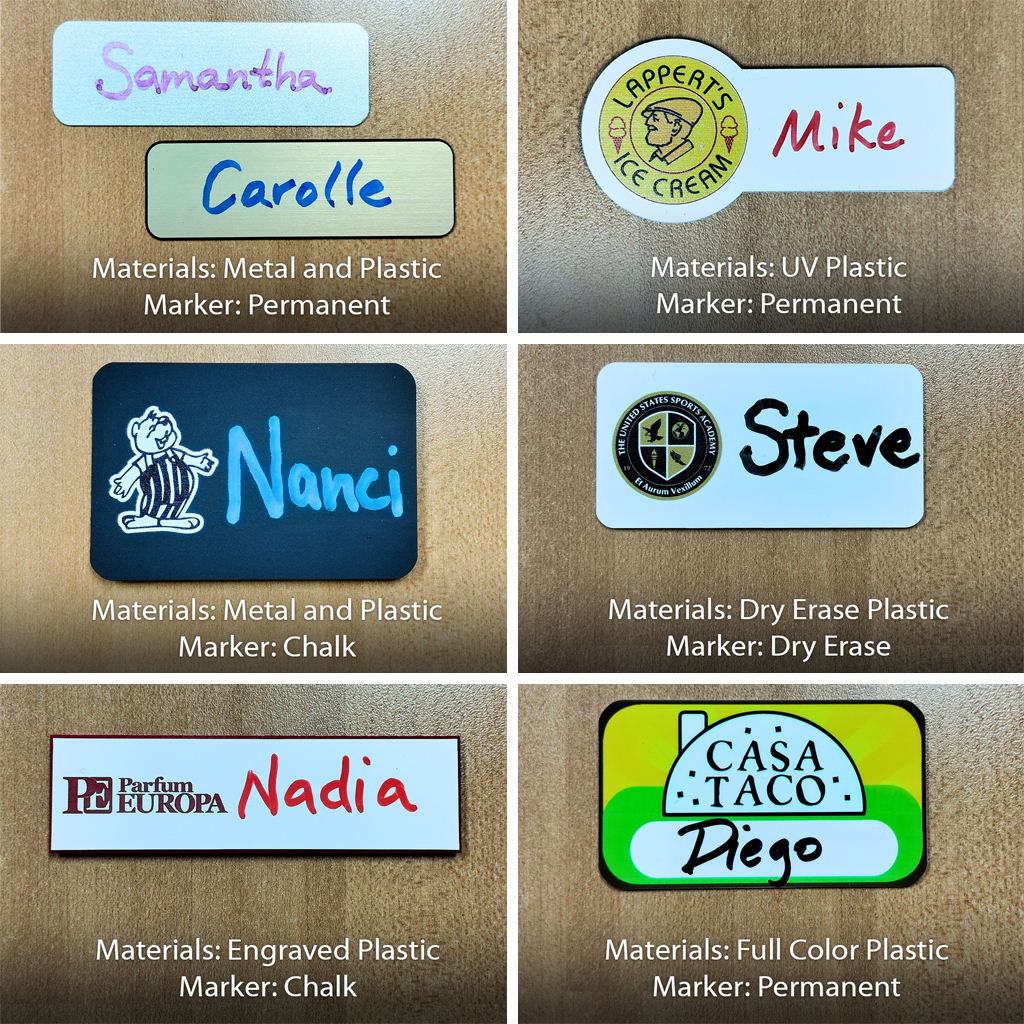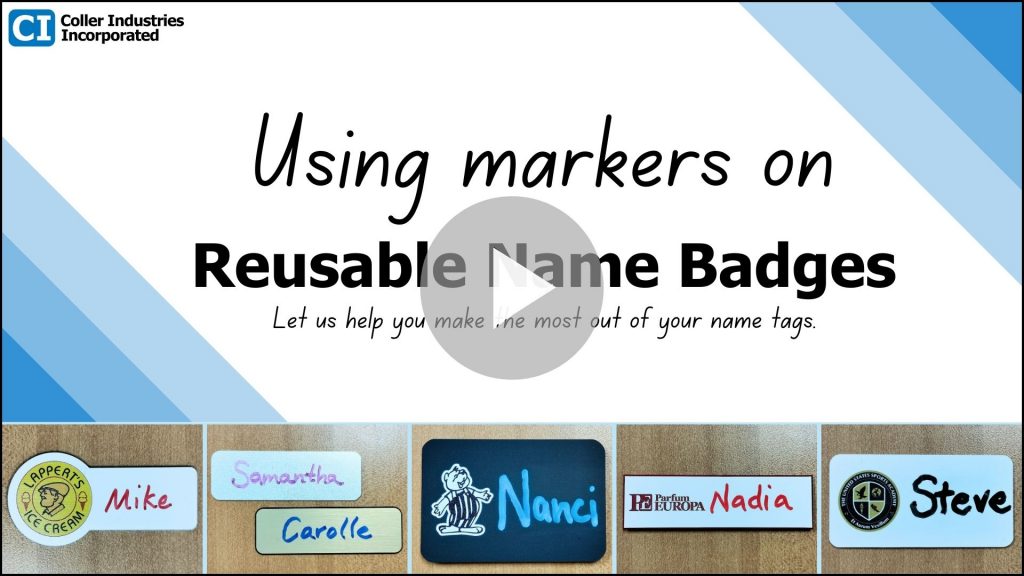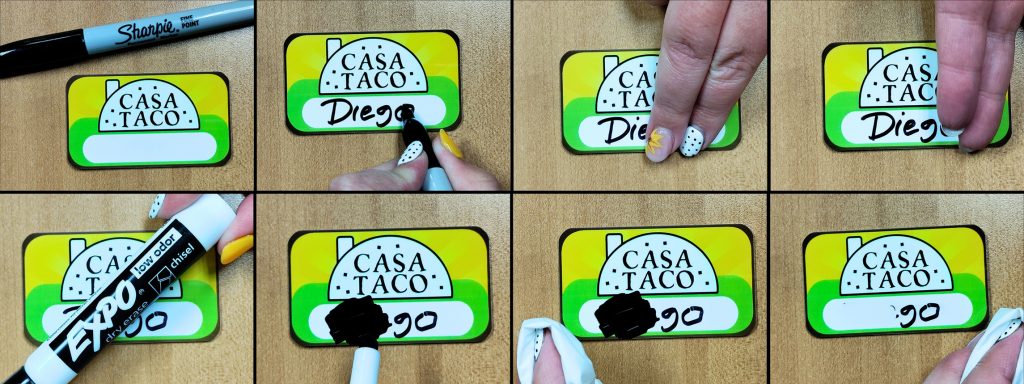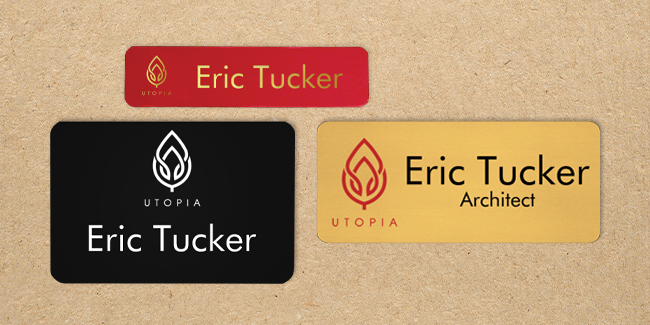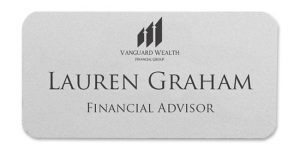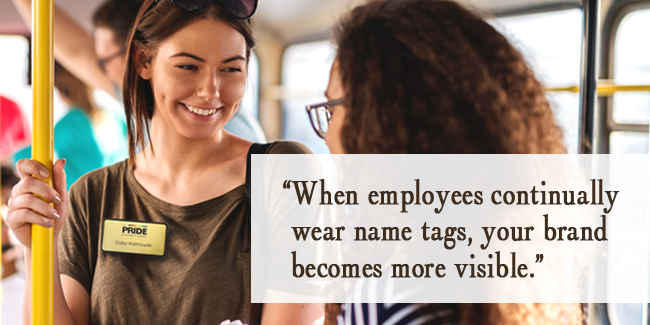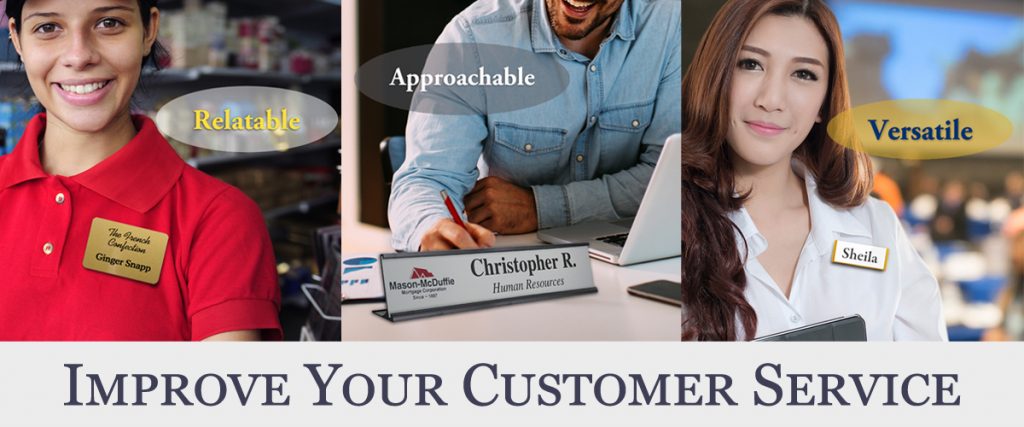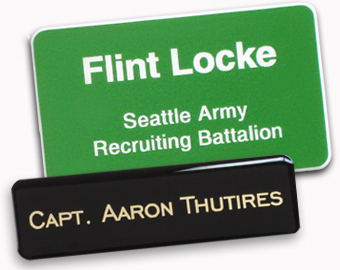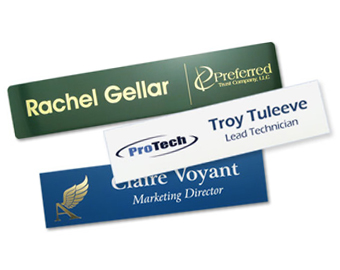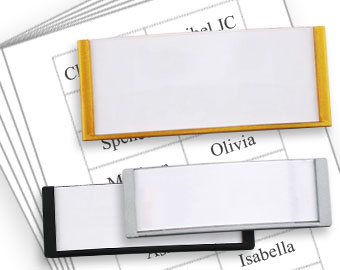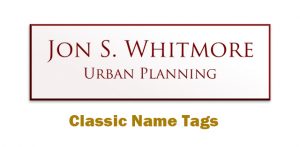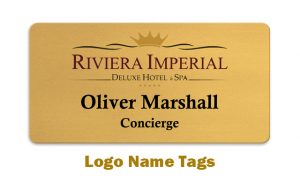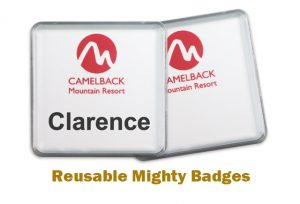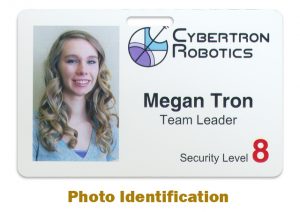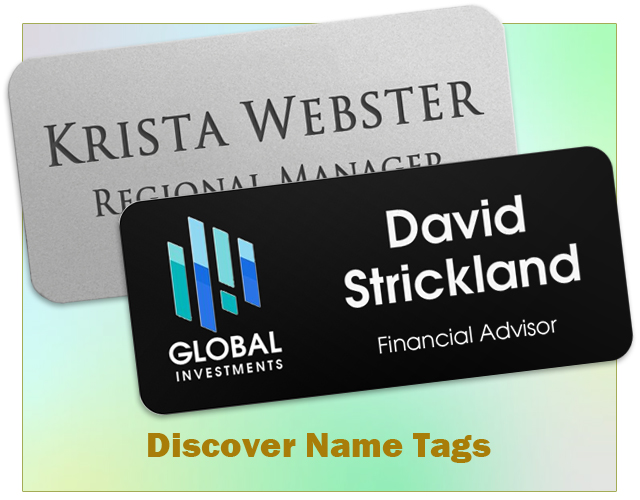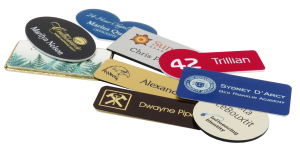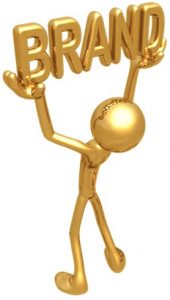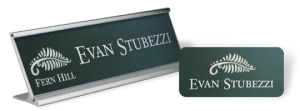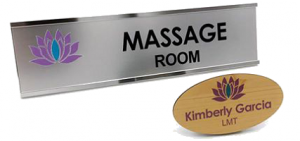Picture this: you walk into a business and immediately need assistance finding what you need. You went to this business precisely because you needed something they offer. But if you cannot immediately find it, are you willing to stay and figure it out, or are you leaving and going elsewhere?
Now, add this to your picture: you walk into a business and are greeted by an employee wearing a name tag that gives you all the information you need. Then you notice that all of the employees are wearing name tags. Now, are you staying? The point: name tags are essential business tools for creating success.
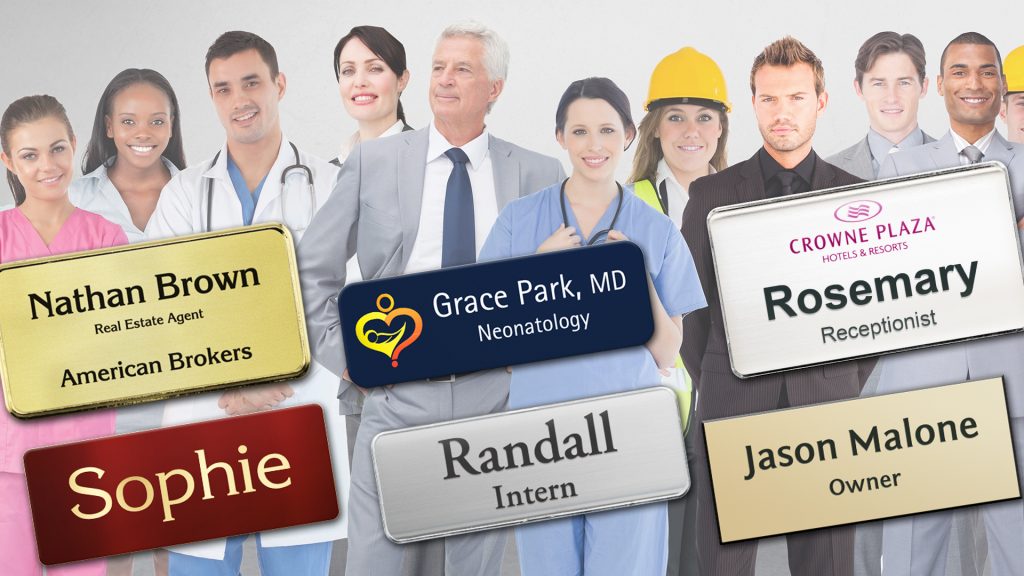
So, who needs name tags? Everyone! Studies have shown that communication is enhanced when people know each other’s names. That is why name tags are so important. Whether you are a professional, a business, an educator, a meeting planner or anyone else, name tags are for you.
Finding your name tag
Whether it is a reusable tag like a Mighty Badge or something more permanent like a name tag with a UV Color Logo enhanced with all the upgrades, each profession deserves a suitable name tag. We want to make it easy for you to find your name tag. Follow this table to find a name tag that is best suited to your business.
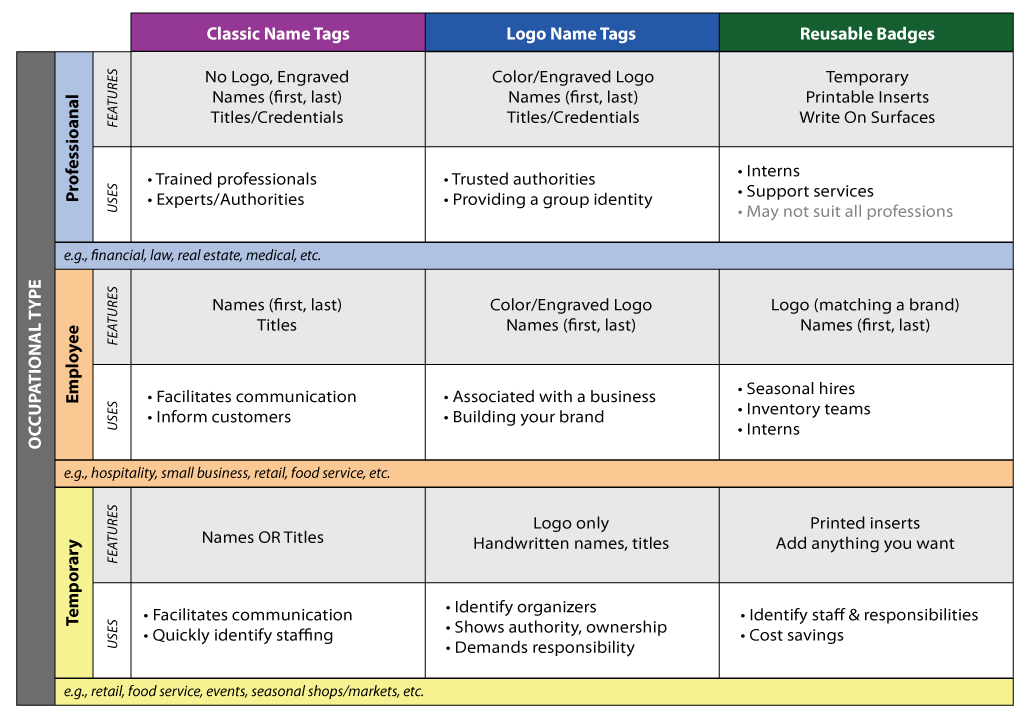
How to use these essential business tools
While you may understand that you need name tags for your company, do you understand what a name tag is? These business tools help every company provide quick employee identification and help with organization. Name tags also give customers instant knowledge of who is working and who can help them answer their questions. Here are some easy definitions to help you find that perfect name tag for your business.
Professional Name Tags
As a professional, you understand the importance of connecting with your clients. When you wear a name tag, you encourage communication. As part of your profession, you also know the importance of quality and how every detail matters. Let your name tags help you show your clientele just how much you appreciate them and that you are an expert in your field.



Things to add to your professional name tag:
Names (first and last), Titles and credentials, Logos and other branding
What your name tags should express:
“I can be trusted because of the level of expertise I have in my field. I am a professional.”
Examples of occupations that would use professional name tag styles:
- Law/Judicial
- Libraries
- Advertising/Marketing
- Medical/Dental Office
- Hospital/Medical Institution
- Veterinary/Pets
- Clubs/Fraternities
- Nonprofit/Association
- Educational
- Personal/Family
- Finance/Insurance
- Real Estate/Housing
- Government/Military
- Sports (Professional)
- Journalism/Public Relations
Employee Name Tags
As a business owner, you know that your employees are part of the key to success. So, when you use the proper name tags to identify them, you enable your customers to have the best experience possible. Employees are held accountable for their actions when their name is easily seen on a name tag. From logos to names, choosing the right name tag for your employees will help ensure business success.



Things to add to your employee name tags:
Names (first and last – when appropriate), titles, Logos that match your branding
What your name tags should express:
“Please talk to me. I can assist you in finding answers to your questions.”
Examples of occupations that would use employee name tag styles:
- Arts (Theaters, Museums, etc.)
- Automotive
- Business/Technology
- Staffing/Temp
- Nonprofit/Association
- Religious
- Manufacturing/Construction
- E-commerce
- Print/Engraving
- Parks and Rec
- Events/Event Planning
- Fairs/Festivals
- Retail
- Food Service
- Wholesale/Distribution
- Personal Care (Gyms, Salons, etc.)
- Sports/Camps/Youth Programs
- Hospitality/Tourism
- Transportation
Temporary Name Badges
Most employers understand that wearing name tags goes hand in hand with credibility. That also pertains to temporary or seasonal employees. When you provide these staff members with reusable name badges, you accomplish two things. One, identification for everyone. And two, the ability to reuse these badges for different people as needed. Temporary badges enable all employees to receive the benefits associated with name tags, including improved communication and networking.



Things to add to your temporary name badges:
Names or titles where appropriate, Logos when needed
What your name tags should express:
“We believe that everyone is important and that everyone who is helping should be recognized for their efforts.”
- Most occupation types have a form of a temporary worker. From interns to seasonal help, temporary name badges are appropriate for nearly every business type with employees who are only there for a short time.
Name tags are essential business tools
Now that you have a complete picture of what your customers need to see as they walk into your business, we are here to help you find the perfect identification. From high quality logos to reusable badges, we guarantee to have your most essential business tool: a name tag.

